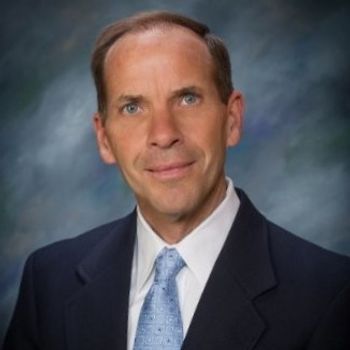
- January 10, 2019 edition
- Volume 96
- Issue 1
Your voice: Lowering the cost of a medical education
Letters from our readers
Lowering the cost of a medical education
Few would disagree that the cost of medical school is high as Aaron George, DO, explains in “We must address the rising cost of medical school” (The Last Word, November 10, 2018 issue).
But, as an alternative, why not combine medical school and college into a five-year program instead of the traditional eight? After all, much of what is learned in college is of questionable value for practicing physicians, especially those in primary care.
I remember sitting in my organic chemistry class and wondering what organic chemistry had to do with being a doctor. Not to mention calculus and physics; and trying to understand the Krebs Citric Acid cycle.
While browsing in a bookstore recently, I pulled an MCAT prep book off the shelves and paged through it. The questions about osmosis, semipermeable membranes, osmolality and the Krebs Citric Acid Cycle were still there.
Now after 43 years of practicing primary care I wonder even more.
In 1910 the Carnegie Institute commissioned Abraham Flexner to investigate medical school education. He was appalled at the lack of full time teachers with any scientific knowledge.
His report sparked a revolution in medical education. The result was an over-emphasis on basic science and full-time professors. But, years later Flexner lamented that medical schools had gone too far in their focus on science. Which may explain the why so many students take residencies in specialties and so few in primary care.
If the costs of medical education are worrisome, the overemphasis on science is just as worrisome. It’s not a matter of education, it’s a matter of common sense.
Edward Volpinesta, MD
Bethel, Conn.
Nurse practitioners are critical providers of patient care
Your article (“The value of nurse practitioners to medical practices”, August 8th) correctly cited the number of nurse practitioners (NPs) is on the rise. While more patients are choosing NPs as their provider, conducting over a billion visits annually, the article misses the mark on a handful of key points.
NPs have been providing primary, acute and specialty care to patients of all ages and walks of life for nearly half a century. NPs’ abilities to assess patients, order and interpret diagnostic tests, make diagnoses, and initiate and manage treatment plans, including prescribing medications, make us neither mid-level nor an extension of our physician colleagues, rather a critical provider of patient-centered care.
Second, the assertion that NPs merely exist to free up time for doctors undermines the value that NPs bring to health care cost management. Numerous studies have documented that patients seen by NPs have lower readmission rates and are more likely to adhere to plans of care-two important factors in bending the cost curve and improving the quality of life for patients.
Lastly, there was no mention of the prevailing trend of states which have modernized their scope of practice laws to allow NPs to practice to the fullest extent of their licensure and training. As evidenced in recent analysis, nine of the top 10 best states for health care (as measured by outcomes, costs, and accessibility) have enacted such laws, known as full practice authority (FPA). Interestingly, nine of the bottom 10 still limit patient access to NPs by keeping collaborative agreements and other restrictive measures in place.
While we appreciate the interest in gaining perspective on the value of NPs to medical practices, it is these facts which matter most to your audience and patients alike-especially when considering choosing an NP for primary care.
Joyce M. Knestrick, Ph.D., C-FNP, APRN, FAANP
President, American Association of Nurse Practitioners
Editor’s note: This was first published in the December 10, 2018, issue of Medical Economics. It contained errors and this is the corrected version.
Articles in this issue
almost 7 years ago
The benefit of flexible patient payment optionsalmost 7 years ago
EHR market consolidation and the impact on physiciansalmost 7 years ago
Getting paid in 2019almost 7 years ago
Eliminate claim denials for medical necessityalmost 7 years ago
Asking about opioid use now part of Medicare welcome and annual visitsalmost 7 years ago
Treating obesity: How to individualize careabout 7 years ago
What primary care physicians can do about rising rates of obesityover 7 years ago
Physician moonlighting doesn’t mean major travel burdensNewsletter
Stay informed and empowered with Medical Economics enewsletter, delivering expert insights, financial strategies, practice management tips and technology trends — tailored for today’s physicians.
















